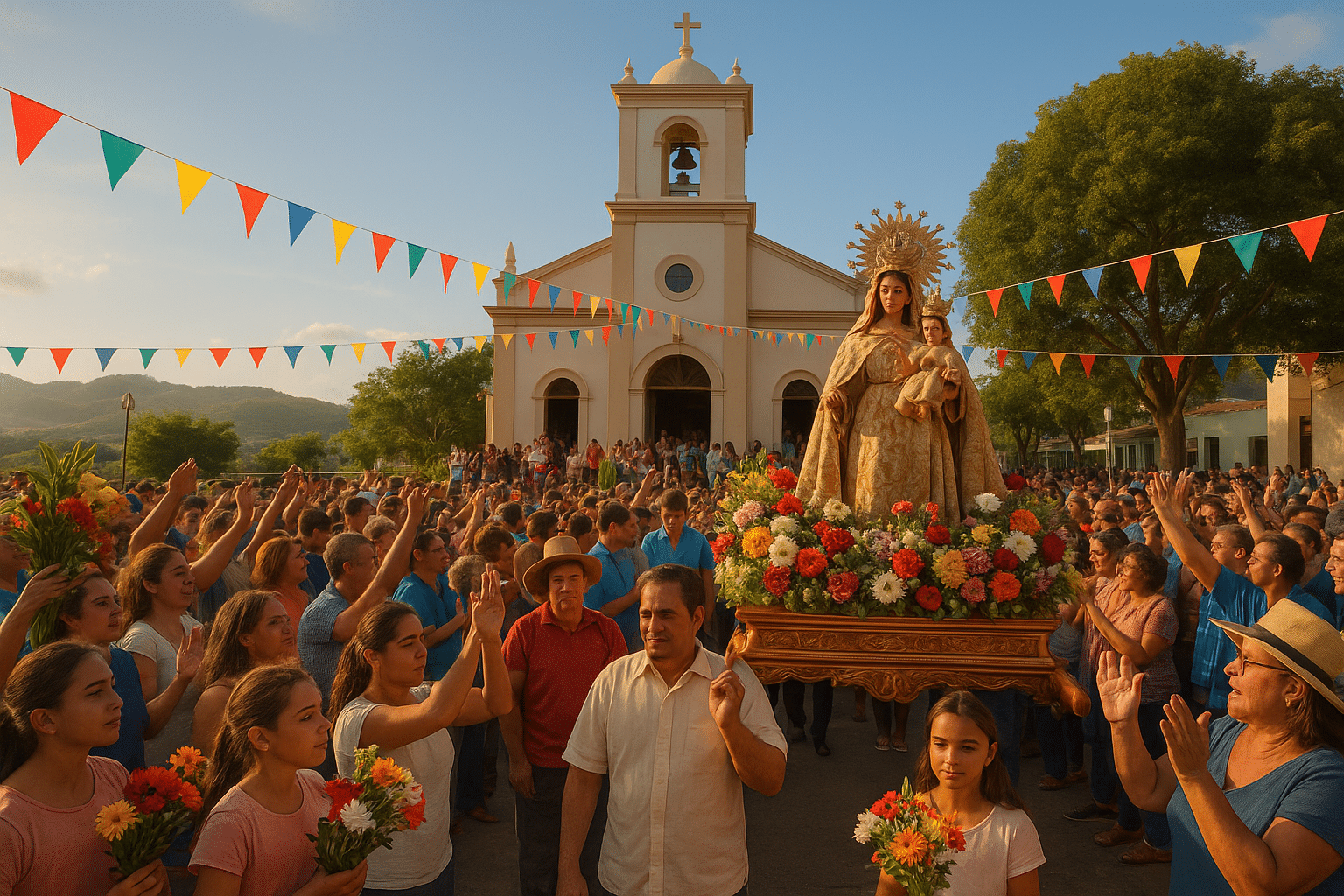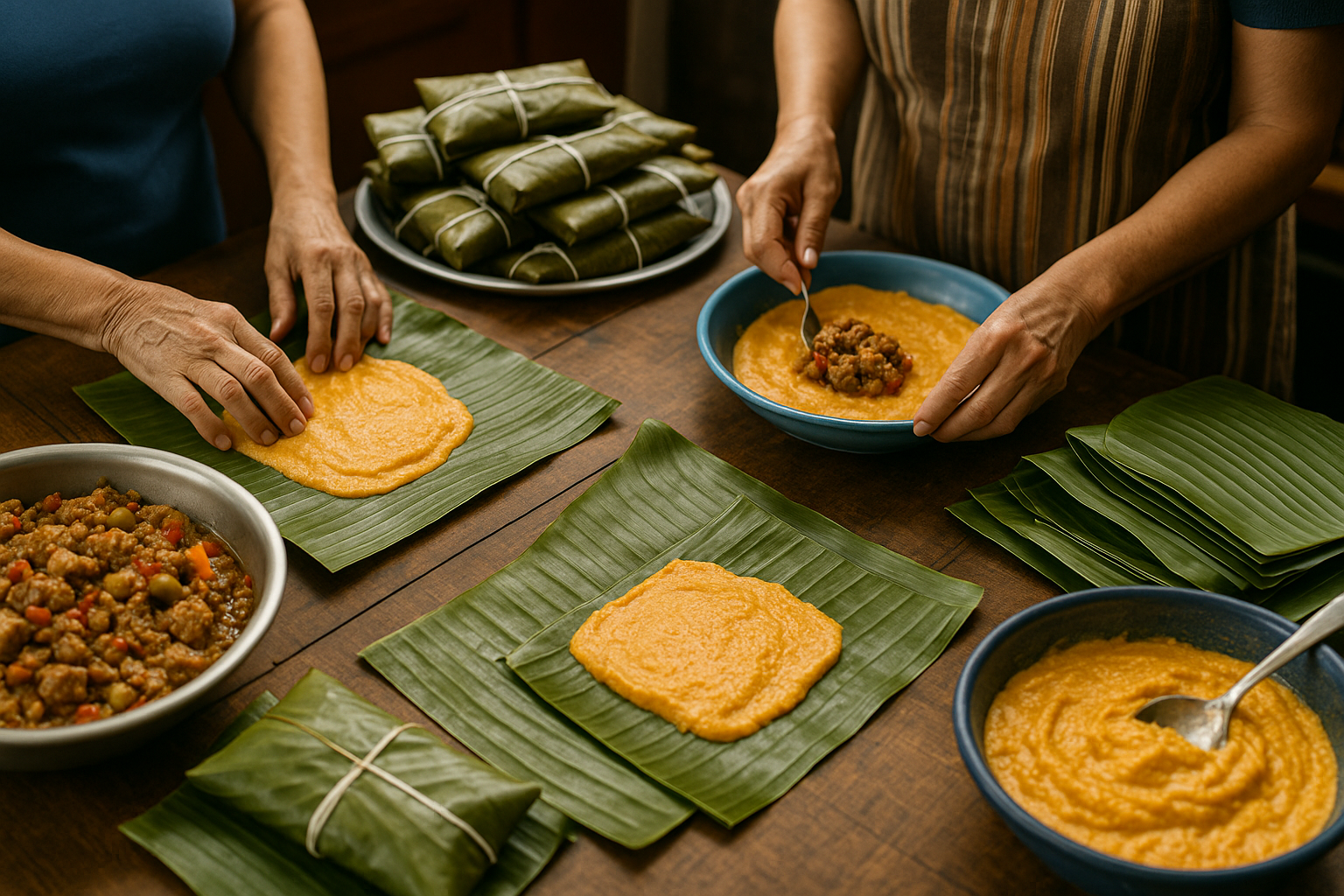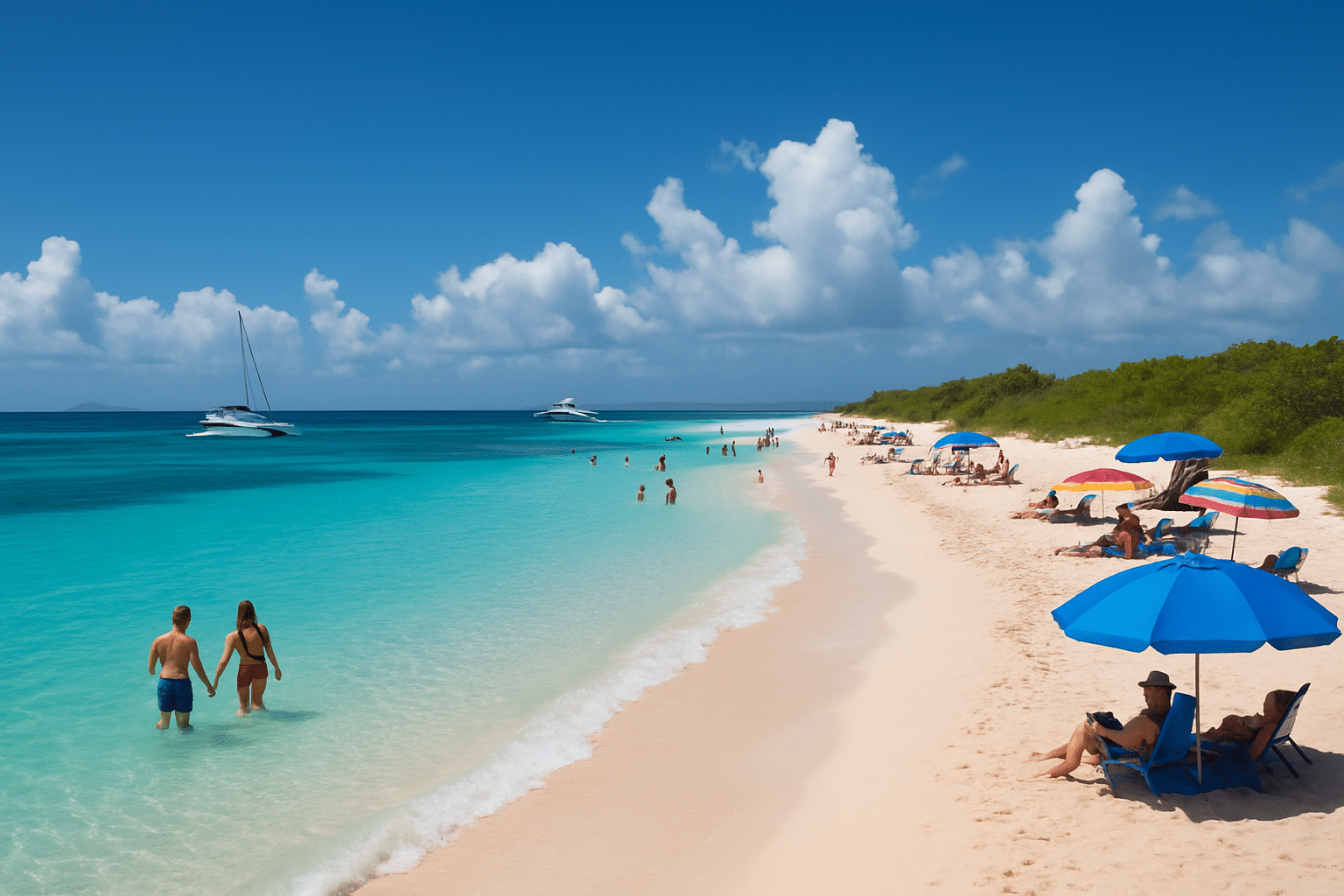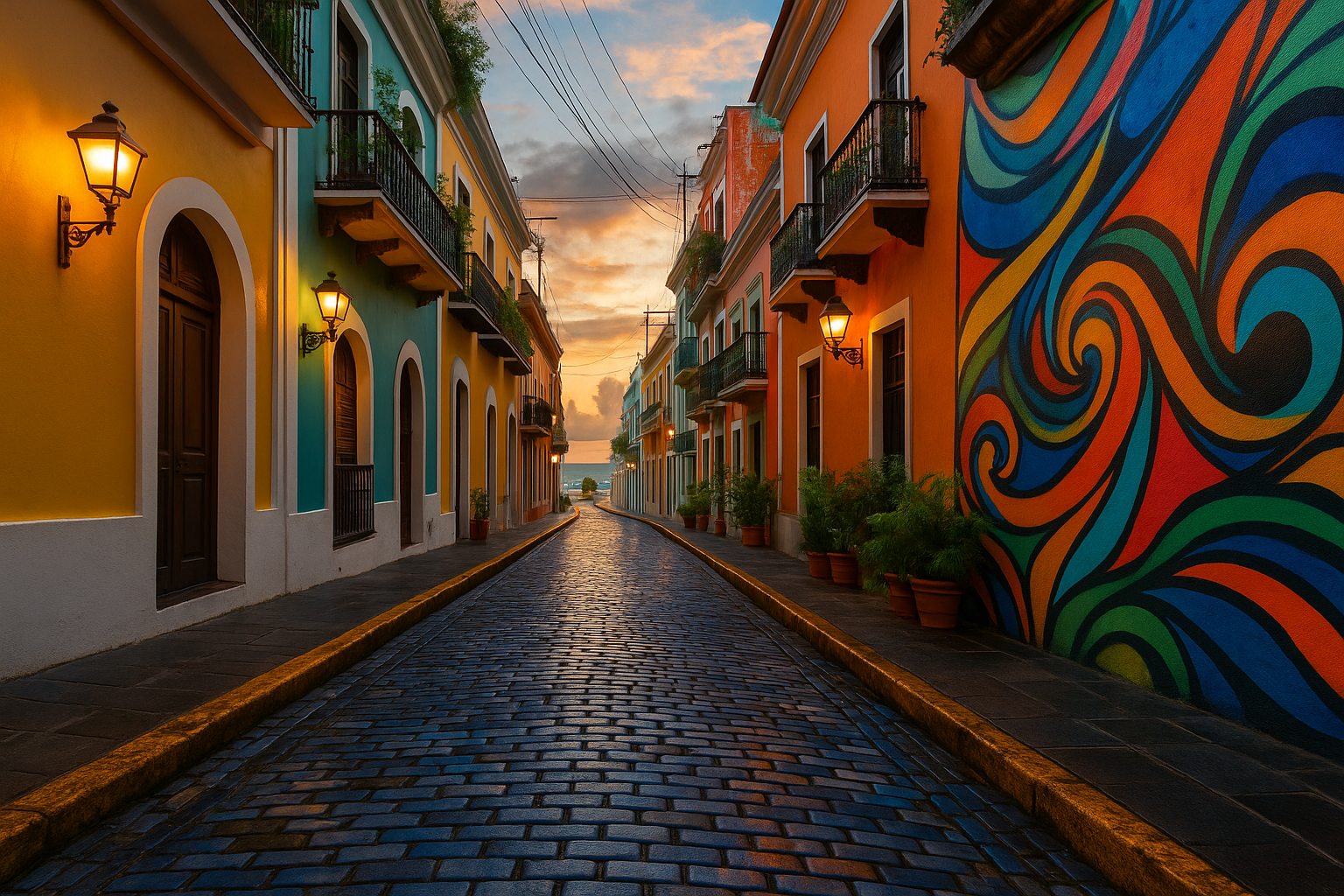If there’s one rhythm that defines Puerto Rico’s identity, it’s Bomba. More than just music, Bomba is the sound of resistance, celebration, and belonging. When the barriles (drums) begin to echo and the dancer’s skirt swirls in time with each beat, you don’t just hear Puerto Rico — you feel it.
Bomba is not a performance to watch; it’s a dialogue to experience. It tells the story of Puerto Rican resilience and community, a heartbeat that has pulsed across generations. In this article, we’ll dive into the living essence of Puerto Rican bomba culture — where it began, how it evolved, and why it remains one of the island’s most powerful expressions of identity.
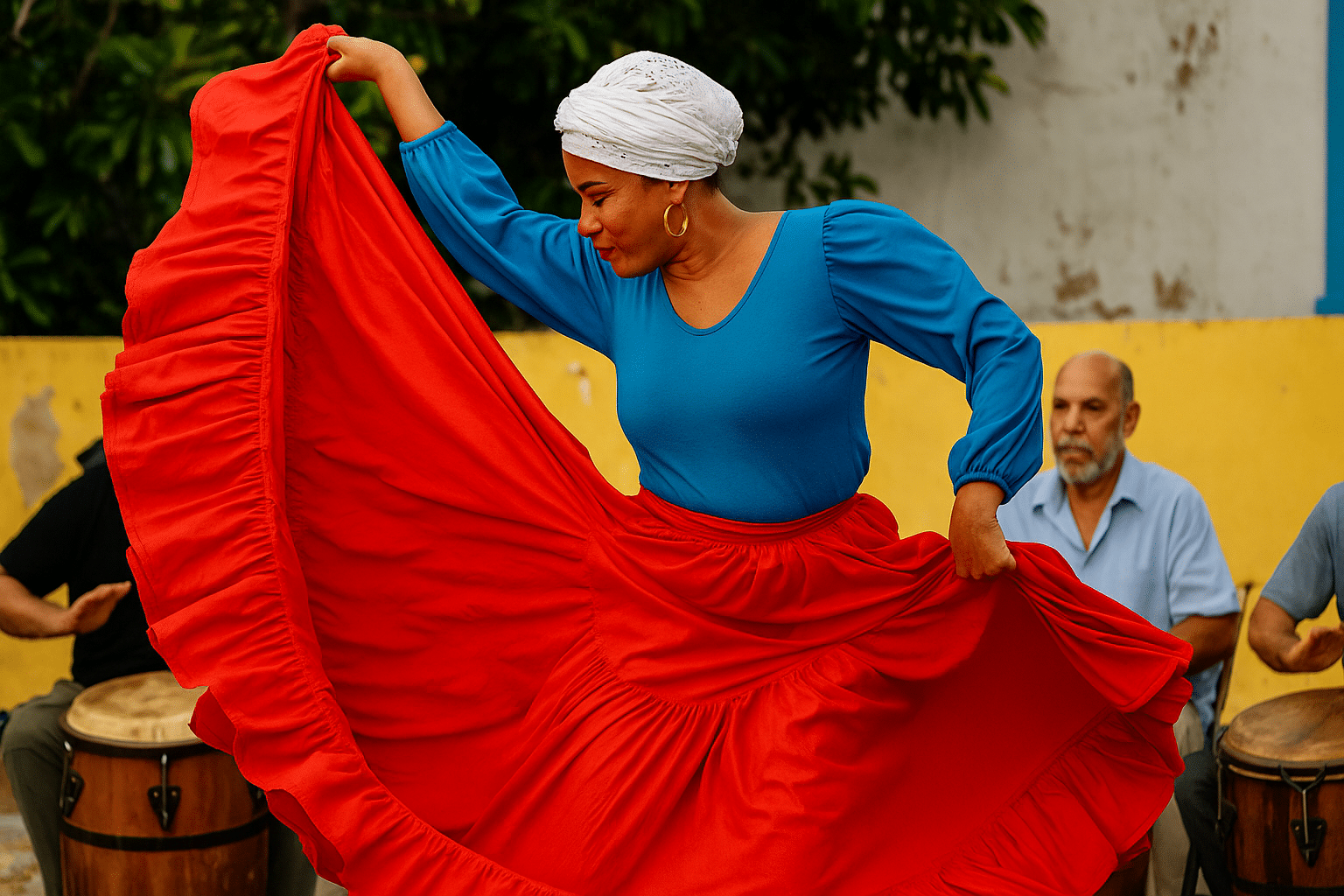
What Is Bomba? The Rhythm of Resistance and Identity
At its core, Bomba is Puerto Rico’s oldest musical tradition, born more than 400 years ago among enslaved Africans who worked on the island’s sugar plantations. It began as a way to communicate, celebrate, and resist — a mix of rhythm, spirituality, and storytelling that gave voice to the voiceless.
Each Bomba performance is a conversation between the dancer, the drummer, and the singer. The dancer’s movements “command” the rhythm, and the drummer answers in real time. This exchange is deeply symbolic — a declaration of freedom, unity, and individuality.
Bomba was never just about entertainment; it was survival through art. It carried messages of hope during oppression and later evolved into a celebration of Puerto Rican heritage, blending African, Taíno, and Spanish influences into something entirely unique.
The Instruments and Language of Rhythm
The soul of Bomba lies in its instruments. The barril — a drum traditionally made from rum barrels — leads the performance, producing deep, resonant tones that seem to rise from the island’s soil itself. Two wooden sticks, called cuá, tap rhythmically on the barrel to keep tempo, while the maraca adds texture and motion to the music.
Each rhythm has its own story. Patterns like sica, cuembé, and yubá carry emotions that range from joy to sorrow. No two performances are ever the same; each dancer and drummer create a moment that lives only once, built entirely on improvisation and feeling.
For Puerto Ricans, these rhythms form a language — one that transcends words. When you attend a Bomba gathering, you’re not just hearing music; you’re witnessing a cultural dialogue that embodies centuries of identity.
Bomba as a Community Celebration
Bomba is more than rhythm — it’s gathering. Known as bailes de bomba, these community events unite people of all generations. They often take place in public plazas, beaches, or cultural centers, where families, musicians, and dancers come together to share food, laughter, and tradition.
The songs tell stories of everyday life, love, struggle, and pride. They pass down lessons from the past and strengthen bonds in the present. This communal aspect makes Bomba one of Puerto Rico’s most authentic social traditions — one that continues to connect neighborhoods, towns, and families through shared rhythm and joy.
The Evolution of Bomba: From Coastal Towns to Modern Cities
Historically, Bomba took root in Puerto Rico’s coastal towns such as Loíza, Ponce, and Mayagüez, where African heritage remains strong. Over time, it spread to urban centers like San Juan and Bayamón, adapting to new audiences and evolving into a cultural movement.
Today, Bomba is performed everywhere — from academic institutions to nightlife venues. Artists blend traditional drumming with jazz, salsa, and even hip-hop, making it both contemporary and timeless. This evolution has ensured that Bomba continues to thrive, appealing to a new generation without losing its ancestral core.
Whether in Loíza’s colorful streets or during local performances at Local Attractions, Bomba continues to echo through Puerto Rico, bridging past and present with each beat.
Modern Revival: Bomba in Today’s Puerto Rico
In the 21st century, Bomba is experiencing a cultural renaissance. Across Puerto Rico, community groups and schools are preserving and teaching this tradition. Organizations like Taller Tambuyé, Los Hermanos Ayala, and Paracumbé are leading workshops, performances, and educational programs to keep the art alive.
Social media has amplified this movement. Videos of dancers and drummers performing in plazas, cultural festivals, and beach settings have attracted global audiences. What was once a local expression now inspires international recognition — showing that Puerto Rican culture is not just surviving; it’s thriving.
Bomba has become both an educational tool and a bridge between generations. For many young Puerto Ricans, learning Bomba isn’t just about dance — it’s about understanding their roots, reclaiming pride, and shaping identity through rhythm.
The Role of Women in Bomba: Power, Grace, and Expression
One of the most striking aspects of Bomba is the commanding role of women. As dancers, they lead the rhythm, dictating every note the drummer plays. Their skirts — bright, flowing, and expressive — become extensions of their movement, symbolizing freedom and femininity.
Women have also become powerful custodians of Bomba’s legacy. They teach, perform, and innovate, ensuring that the art remains vibrant and inclusive. Through them, Bomba continues to evolve as a medium of empowerment and storytelling for Puerto Rican women.
Cultural Tourism and Economic Impact of Bomba
Bomba has grown beyond its artistic roots into a pillar of Puerto Rico’s cultural tourism industry. Travelers now seek authentic experiences that go beyond beaches and resorts — they want to feel the island’s living history.
Workshops, cultural festivals, and live Bomba performances have become must-see attractions for visitors, creating opportunities for artisans, musicians, and small business owners. Restaurants host Bomba nights, souvenir shops sell handmade instruments, and tourism operators promote cultural excursions featuring traditional dance lessons.
For entrepreneurs, this fusion of art and commerce demonstrates the value of preserving heritage while supporting economic growth. It’s proof that culture isn’t just history — it’s a living, sustainable asset.
Where to Experience the Living Heart of Bomba
If you want to experience Bomba firsthand, Puerto Rico offers countless opportunities:
- Loíza – The birthplace of Bomba and home to the annual Festival of Santiago Apóstol.
- San Juan – Bomba Tuesdays with Taller Tambuyé at El Boricua bring the rhythm to the capital.
- Ponce – Known for its historic performances blending Bomba with Carnival traditions.
- Mayagüez and Rincón – Host cultural workshops, music nights, and outdoor events.
Each location tells a different story, but the spirit is the same — unity through rhythm.
The Future of Bomba: Keeping the Beat Alive
Like all living traditions, Bomba faces challenges — modernization, cultural appropriation, and the need for consistent education. Yet, its resilience remains unwavering.
New collaborations between schools, artists, and community centers ensure that Bomba remains relevant. Digital media, documentaries, and international performances continue to amplify its message of freedom and connection.
For Puerto Rico, protecting Bomba means protecting its cultural identity — one drumbeat at a time.
Conclusion: Keeping the Rhythm of Puerto Rico Alive
Bomba is not just an art form; it’s Puerto Rico’s heartbeat — a timeless dialogue between past and present, people and purpose. It reminds us that true culture is never static; it’s lived, shared, and felt.
For locals and travelers seeking to explore Puerto Rico’s soul, EnMiPatioPR serves as your trusted Puerto Rico visitor guide, connecting you to cultural events, local attractions, and the unforgettable rhythm of the island. Through every performance, drumbeat, and dance, the living spirit of Bomba music Puerto Rico continues to remind us who we are — and how our stories are told through sound.


